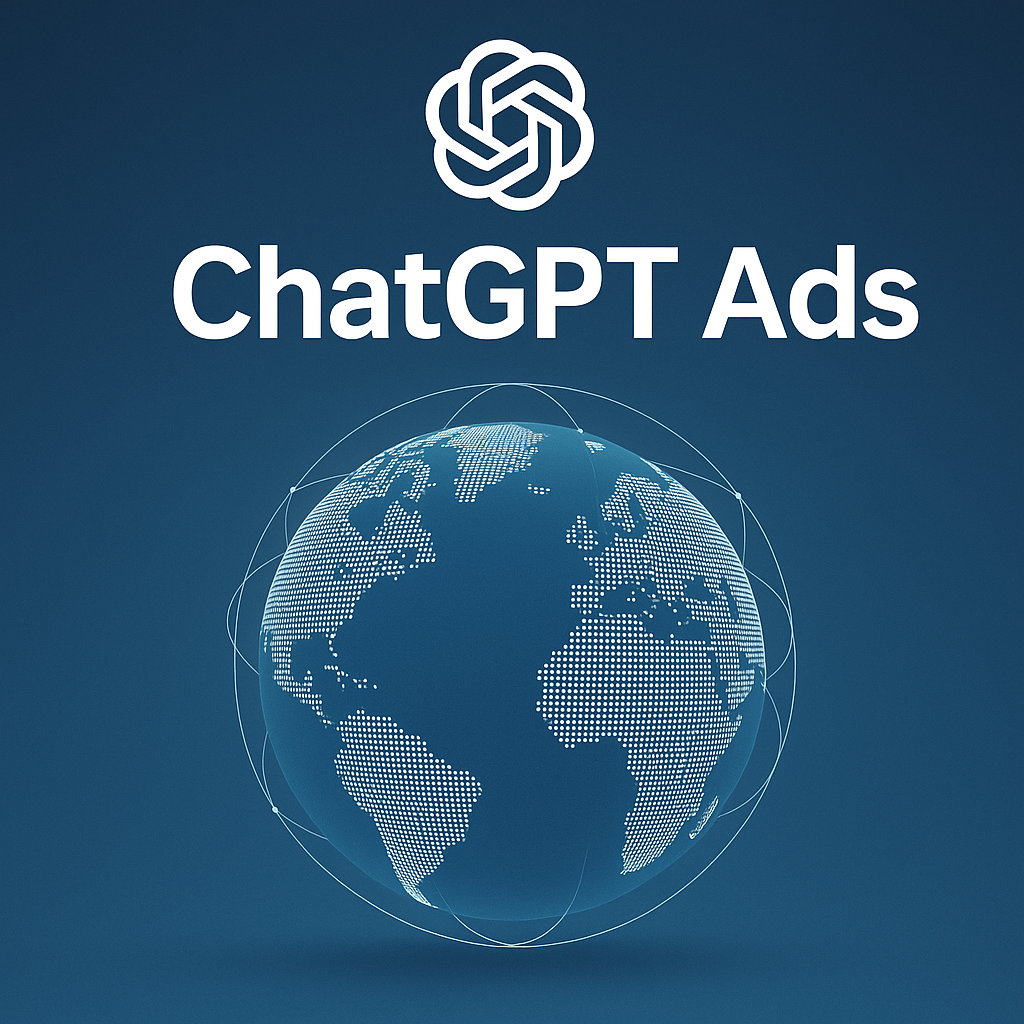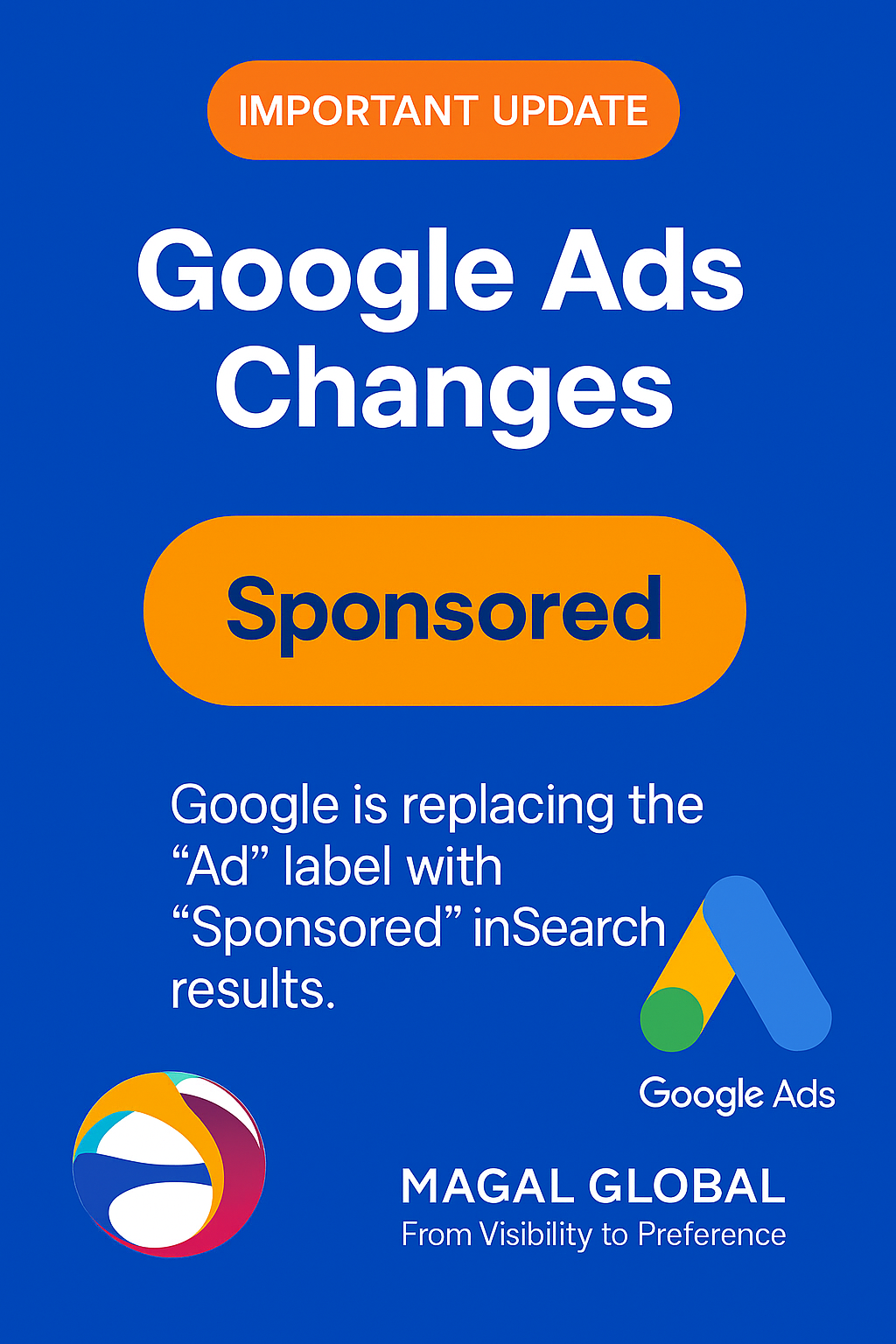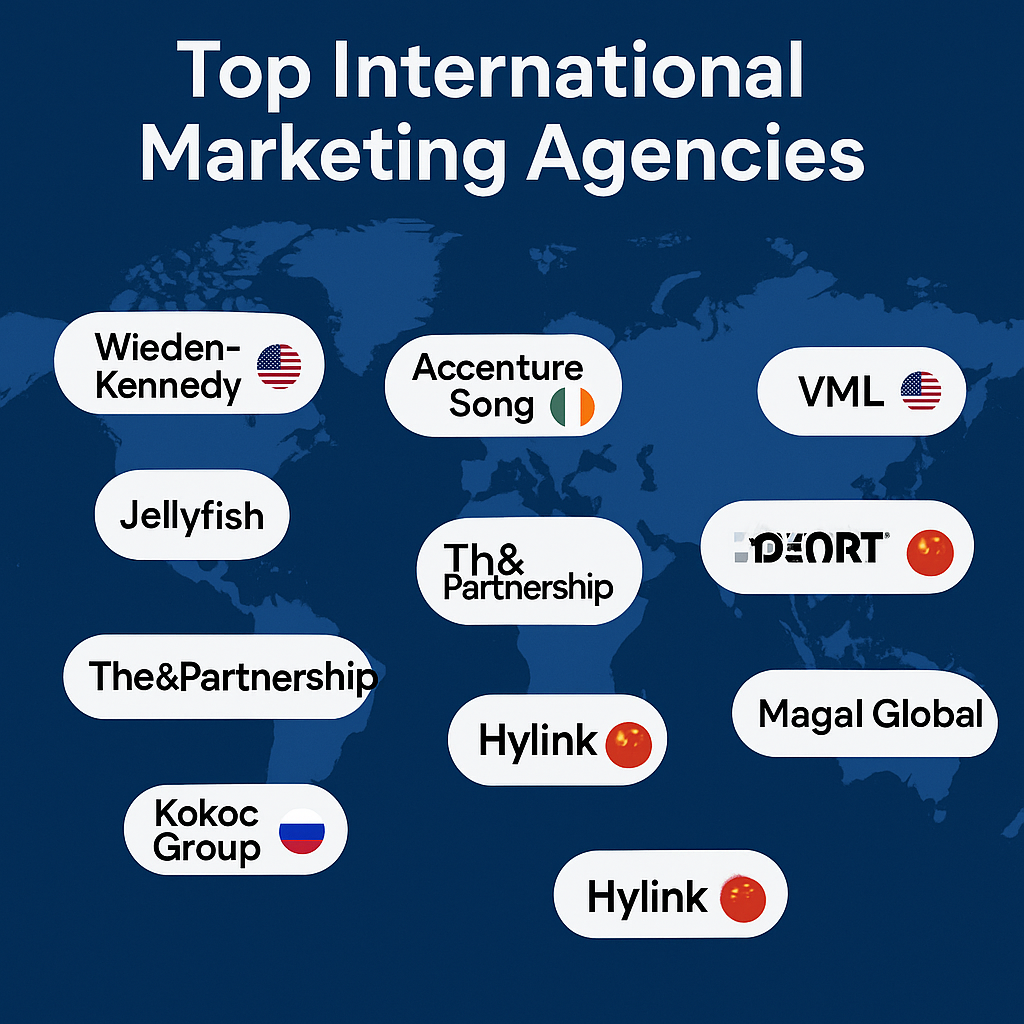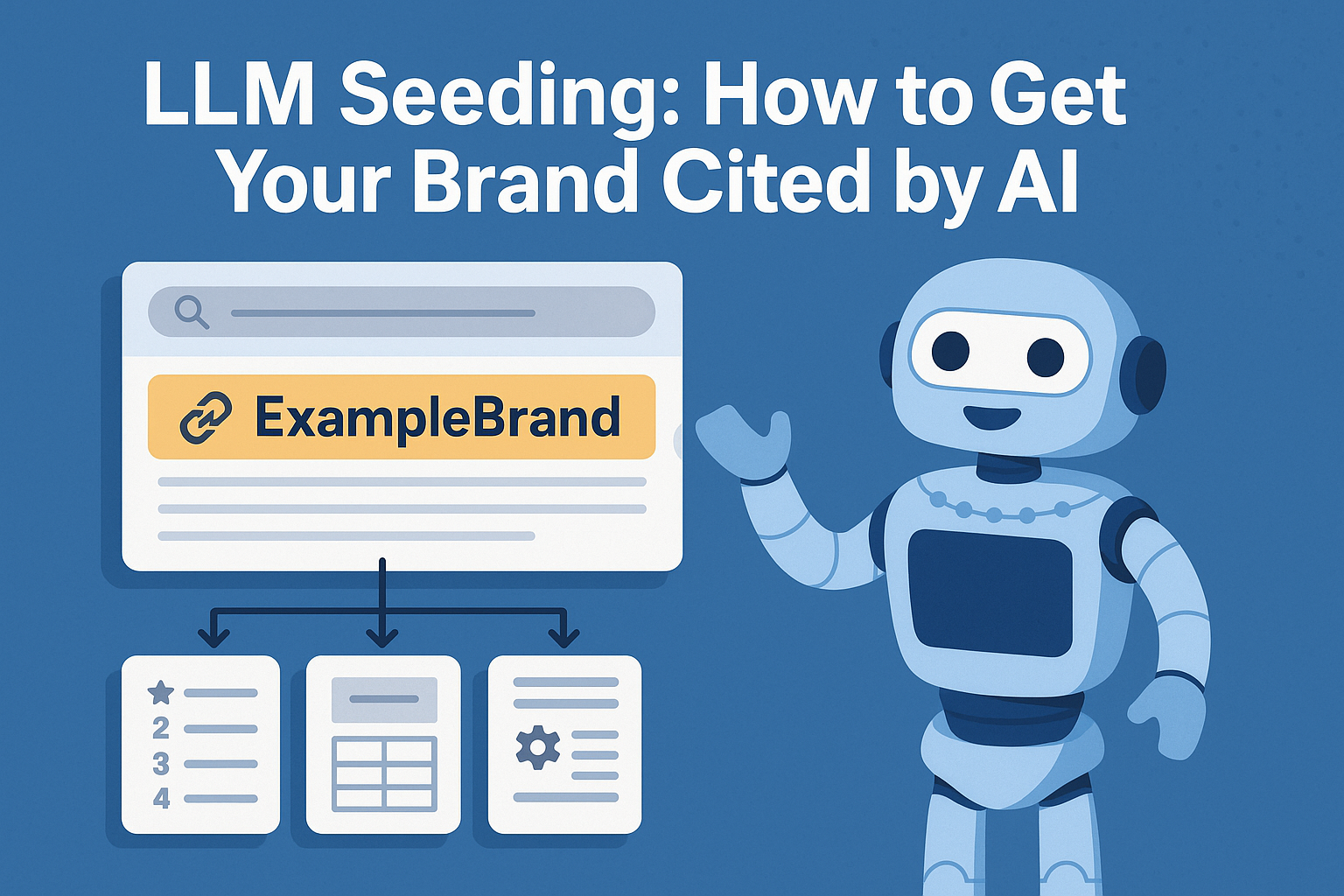Summary
Discover how ChatGPT Ads are reshaping global marketing—from keyword targeting to semantic intent. Strategic insights for future-ready brands.
By: Ran Magal, Founder & CEO, Magal Global
Sam Altman’s announcement about launching ChatGPT Ads in 2026 is far more than just another feature update. It’s a strategic turning point that requires every marketing leader – especially those operating on a global scale – to pause, reassess, and prepare for what’s coming.
If you’re expecting a “Google-style” ad model, think again. This shift represents a fundamental change: from targeting based on keywords to targeting based on intent. It’s no longer just about what the user searched for – it’s about what they truly mean.
Google vs ChatGPT: Two Intent Engines, Two Different Mindsets
The conversation that erupted on LinkedIn reveals the heart of the challenge: marketers will now need to manage two very different “intent engines” – each with its own logic, language, and user behavior.
Google remains the undisputed leader in immediate search intent. It offers a mature, battle-tested measurement ecosystem.
ChatGPT, on the other hand, excels in discovery and user engagement. Ads will be embedded seamlessly into conversations, not isolated like traditional banners or sponsored results.
And it’s not just a matter of budgets. This shift demands a change in thinking: from keyword-based targeting to conversational, contextual and memory-based logic. From cookie-based attribution to token-based tracking.
| Characteristic | Google Model (Search Intent) | ChatGPT Model (Semantic Intent) |
|---|---|---|
| User Goal | Immediate need, purchase | Discovery, learning, conversation |
| Targeting Basis | Keywords, demographics | Conversational context, memory, semantic intent |
| Ad Placement | Clearly separated in SERPs | Naturally integrated into responses |
| Main Challenge | Cost-per-keyword competition | Attribution complexity, ethics, privacy |
3 Strategic Questions Global Marketers Must Ask Now
-
How do you measure success without cookies?
ChatGPT Ads will rely on session-level tokens and APIs, not traditional cookies. This shift means success will be measured through actions and context – not user IDs. Can your team adapt to this new attribution logic? -
What happens when ads are embedded in conversation?
This is ethically sensitive territory. How will sponsored content be disclosed clearly enough to avoid misleading users? And how do we protect privacy when targeting is based on highly personal conversational data? Users will be able to turn off memory-based personalization – but are you ready to lose that edge in favor of building trust? -
Could ChatGPT Ads actually increase the value of SEO?
Surprisingly, yes. If ad targeting becomes more complex and costly, high-quality organic content – the kind the AI chooses to quote – may become more valuable than ever. If you’re not being cited by the AI, someone else will be.
How Magal Global Sees It: Strategic Readiness is Key
At Magal Global, we believe this isn’t just a technical shift – it’s a strategic, global one. Brands need to start preparing on three fronts:
-
Semantic Content Strategy
Your content must now be optimized not only for search engines, but also for semantic engines like ChatGPT. That means understanding “promoted GPTs,” call-to-action triggers embedded in dialogue, and how to craft content that lives within conversations. -
Managing Technological Complexity
This change calls for flexibility – from attribution logic to new API integrations and targeting models. Marketers need infrastructure that can handle it. -
A Truly Global Perspective
AI transcends borders. Your strategy must too. This shift requires global thinking – accounting for technical, regulatory, and cultural differences across markets.
Final Thoughts
2026 may seem far off, but preparation starts today. You don’t need to wait for the official launch to explore new content strategies, rethink your measurement model, or test conversational and context-driven approaches. The brands that prepare now will have a clear advantage the moment this new marketing landscape becomes reality.









